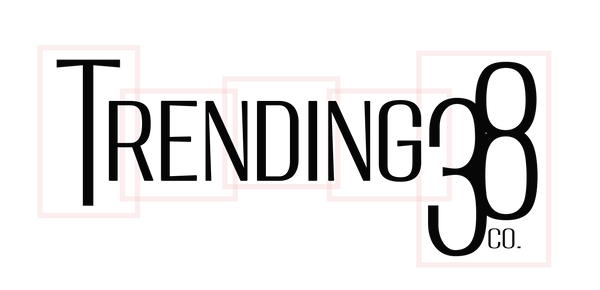
DTG vs. DTF Printing
DTG vs. DTF Printing: Pros and Cons Explained
When it comes to garment printing, Direct-to-Garment (DTG) and Direct-to-Film (DTF) are two of the most talked-about technologies in the apparel industry. Both offer unique advantages and potential drawbacks depending on the type of job, garment, and business model. Whether you're starting a custom t-shirt brand or scaling up your print-on-demand service, understanding the differences can help you make the right decision.
What Is DTG?
Direct-to-Garment (DTG) printing involves spraying ink directly onto a textile, typically cotton, using specialized inkjet printers. The ink is absorbed into the fibers of the garment, producing a soft feel and high-quality image.
✅ Pros of DTG
-
High print quality: Ideal for detailed, full-color designs with gradients and photographic images.
-
Soft hand feel: Since the ink soaks into the fabric, the print feels soft and seamless.
-
Eco-friendly options: Water-based inks and less waste compared to traditional screen printing.
-
Efficient for on-demand: Perfect for low-volume or one-off custom orders.
❌ Cons of DTG
-
Limited fabric compatibility: Best on 100% cotton; performance and polyester garments can be problematic.
-
Pre-treatment required: Dark garments need pre-treatment, adding time and potential for error.
-
Higher upfront cost: DTG printers and maintenance can be expensive.
-
Slower production: Not ideal for large-scale production runs.
What Is DTF?
Direct-to-Film (DTF) printing involves printing a design onto a special film, applying a powder adhesive, curing it, and then heat pressing it onto the fabric. It's a transfer-based method suitable for a variety of materials.
✅ Pros of DTF
-
Versatile on fabrics: Works on cotton, polyester, blends, nylon, and more.
-
No pre-treatment needed: Saves time and simplifies the workflow.
-
Durable prints: Strong wash resistance and vibrant colors.
-
Ideal for small runs: Great for short production runs or samples.
❌ Cons of DTF
-
Thicker feel: The print sits on top of the fabric, so it may feel heavier or more plasticky than DTG.
-
Film and powder cost: Consumables can add up, affecting profitability.
-
More steps: Requires curing and pressing, which can slow down the workflow.
-
Potential for cracking: If applied incorrectly, prints may crack over time.
Which Should You Choose?
-
Choose DTG if you're focused on high-quality, soft-feel prints on cotton garments, and your workflow supports low-volume or on-demand production.
-
Choose DTF if you need versatility across fabric types, durability, and a more straightforward process for multi-garment runs or difficult textiles.
Ultimately, both DTG and DTF have a place in modern garment printing. Many print shops are even using both to complement each other depending on the job.
